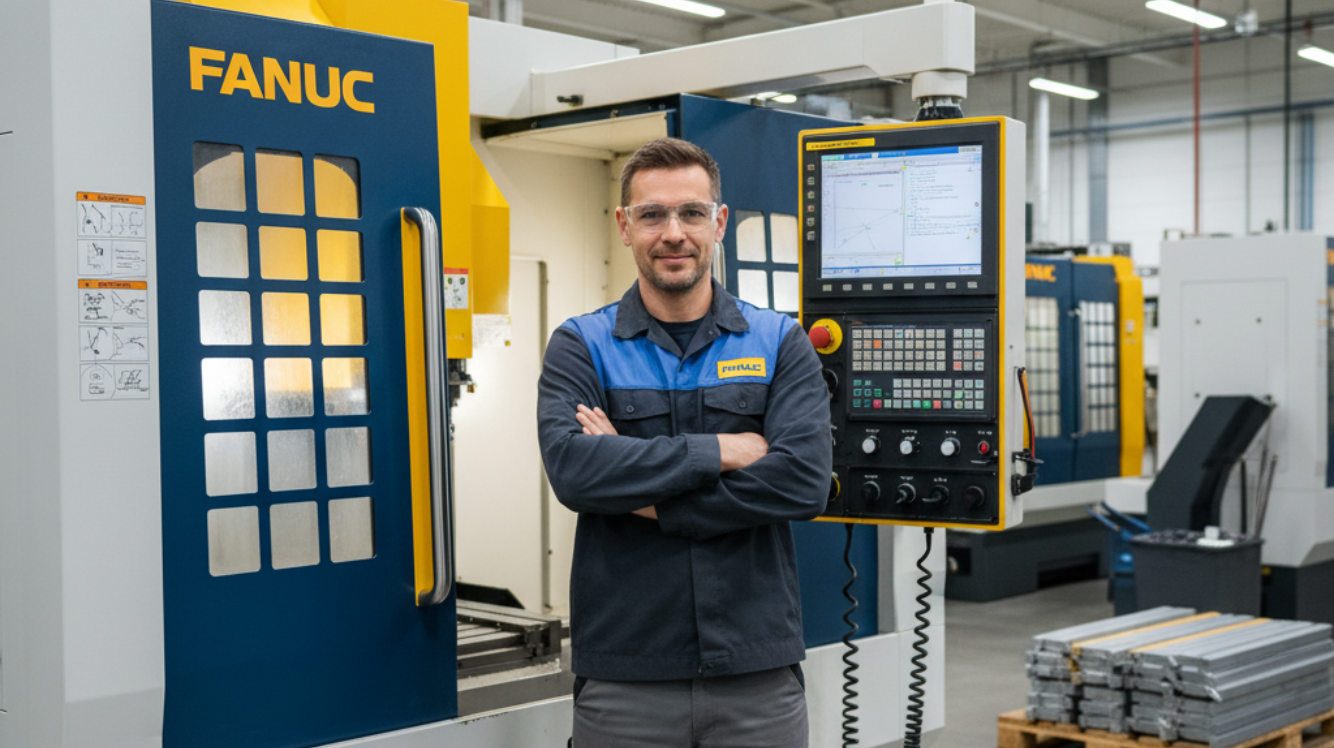
Imagine you are walking into a modern shop floor. You see the machines humming, chips flying off metal, and robots loading workpieces. Sounds futuristic, much? Well, now look closely and you will see how, among all that, one of the machines is doing most of the heavy lifting, and that is a VMC milling machine.
You might ask, “What is a VMC machine, and how is it different from an HMC or any general CNC machine? In this article, we will walk you through the simple idea of a VMC, show you how it works, compare it with HMC and generic CNC, and help you pick the right machine for your needs.
So without any further ado, let’s jump right into it:
A VMC machine is short for Vertical Machining Center and is one of the most widely used types of fanuc vmc machine. Basically, it’s a type of CNC machine (Computer Numerical Control) where the spindle, which is the axis that holds the cutting tool, is oriented vertically (i.e. up and down). The workpiece sits on a table below, and the cutting tool comes down on it.
So when people ask “what is a VMC machine,” that vertical orientation we just talked about is the key! The name vertical is what tells you how it cuts. And because it is CNC, the machine is controlled by computer instructions (G-Code, etc), so the tool movement, speeds, feeds, paths, and literally everything is automated. In fact, in many shops, a CNC VMC machine is one of the first versatile tools you would buy. The reason? It's flexible, powerful, and well, relatively easy to understand.
Here are some key components and VMC machine details you should know about for a better understanding including how many axis in vmc machine.
And we have a great example for this: In the case of FANUC’s ROBODRILL VMCs, also known as fanuc robodrill, the machine offers features like a high torque spindle (cutting torque up to 100 Nm) and fast tool change times (0.9 seconds tool-to-tool) in its α-DiB Plus series. And that’s all you need to know about VMC milling machine!
Let’s walk through the VMC machine operation step by step, in simple terms:
First comes the whole setup. In this step, you clamp the raw material onto the table by installing all the needed tools.
Second, there is programming. This is where you design the part in CAD, then use CAM software to generate tool paths and G-code. That is then loaded into the CNC controller.
Third is when the spindle moves downward while the table moves in X & Y, following the path that was programmed. This way, the material is removed gradually, layer by layer.
Fourth brings you closer to the completion, as now the process can perform several operations.
Lastly, because the whole system is automated and driven by advanced computers, there is accuracy and efficiency throughout the outputs.
That’s the core of VMC machine operation!
If a VMC has a vertical spindle, then an HMC or Horizontal Machining Center is basically its sideways! The spindle in an HMC is horizontal, running parallel to the floor, and the workpiece sits on a horizontal table or pallet. So the cutting tool approaches from the side instead of from the top.
The sideways setip brings in a few practical perks such as:
If we put it simply, HMCs shine in high-volume, heavy-duty, multi-face machining. Of course, this advantage comes with a little tradeoff. HMCs are usually more expensive, take up more space, and need more elaborate tooling and programming.
Here, “CNC machine” is a broad umbrella term. CNC means Computer Numerical Control. Or in simple terms, a computer drives the movements of machine tools via coded instructions.
So, a CNC Machine could be many things:
When we talk about a CNC VMC machine, we specifically refer to a vertical machining center that is driven by CNC control. But always remember: VMCs and HMCs are subcategories inside the broader world of CNC machines.
One reason why people blur them is that sometimes a “CNC machine shop” will have many types, but when you compare VMCs and CNCs, you are really just comparing a specific form vs the general concept.
Now that we have definitions, let’s see how they differ in practice. We will compare in a table for better understanding:
Let’s compare the pros and cons of each, so you can decide which might suit your shop:
At the end of the day, choosing between a VMC, HMC, or any CNC machine isn’t just about specs or fancy acronyms; it’s about what fits your shop, your workflow, and your goals. A VMC Machine is very reliable and easy to work with. An HMC, on the other hand, is like a powerhouse for volume work, handling heavy-duty tasks with ease, but it needs a lot more attention, space, and investment. And both of them live under the bigger roof of CNC technology, which makes the whole automation possible!
If you are just starting out or need a machine that is versatile, precise, and relatively simple, a CNC VMC Machine is usually a smart choice to go with. It handles most tasks without overcomplicating things for you. While you are someone looking to scale production, an HMC might become your best ally!
So whether you are curious about what VMC machine is or exploring which CNC setup fits your business, the key takeaway is simple: understand the job you need done, match it to the right machine. Because at the end of the day, a machine is only as good as the people using it, and the team standing behind it.
1. What is a VMC machine used for?
A VMC (Vertical Machining Center) is primarily used for milling, drilling, tapping, and boring metal or plastic workpieces. It is ideal for producing precision parts in industries like automotive, aerospace, die-mold, and general manufacturing.
2. How is a VMC different from an HMC machine?
The main difference lies in the spindle orientation. A VMC has a vertical spindle, cutting from the top down, while an HMC has a horizontal spindle, cutting from the side. HMCs offer better chip evacuation and higher productivity, whereas VMCs are simpler, more compact, and cost-effective.
3. Is a VMC machine a type of CNC machine?
Yes, a VMC is a type of CNC (Computer Numerical Control) machine. It uses computer-controlled movements to precisely cut and shape materials. Both VMCs and HMCs are subcategories of CNC machining centers.
4. What are the advantages of using a VMC machine?
VMC machines are easy to operate, affordable, and versatile. They require less setup time, occupy minimal floor space, and are perfect for small to medium-scale production where precision and flexibility are needed.
5. Which machine should I choose: VMC or HMC?
If you’re a small or mid-sized manufacturer focused on versatility and cost-efficiency, a VMC machine is ideal. However, if your goal is high-volume production with multi-face machining and faster cycle times, an HMC machine will give you better productivity and performance.
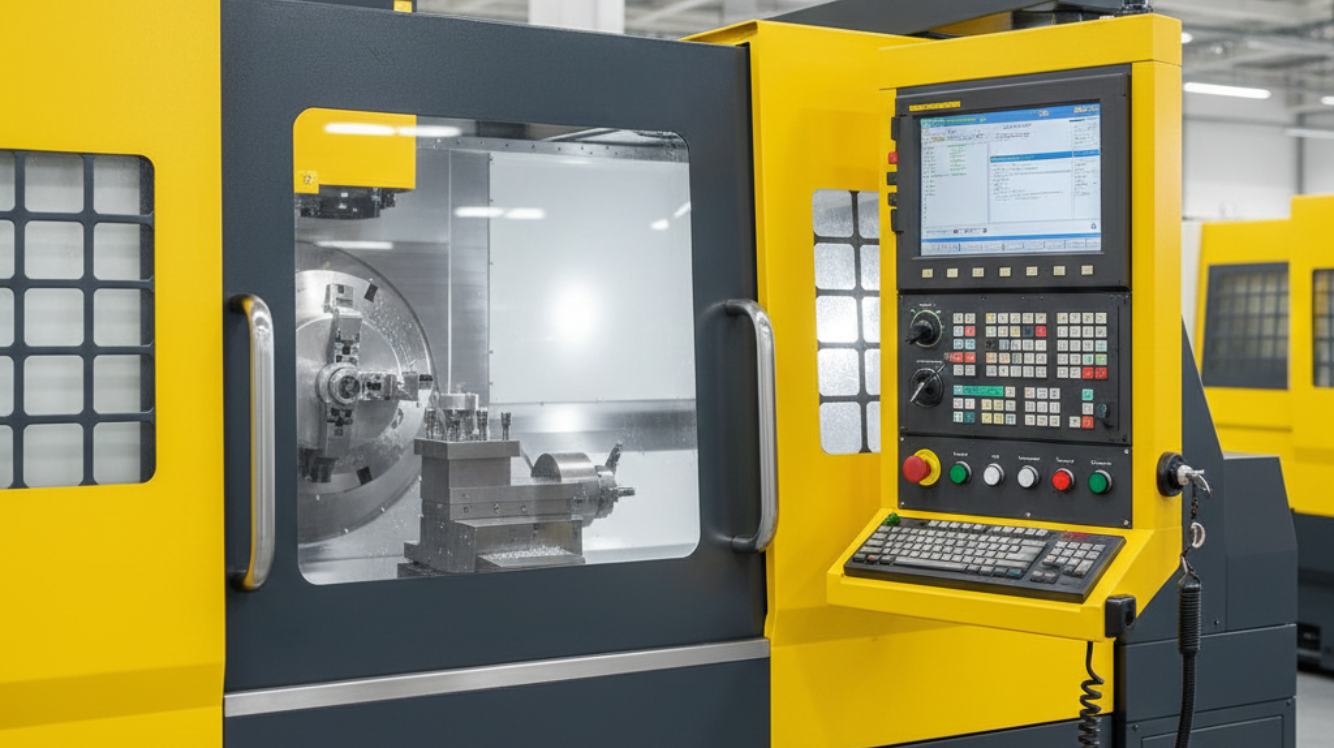
Understand the CNC and VMC machine difference, their functions, applications, and which one suits your machining needs. A clear and simple comparison.
Know More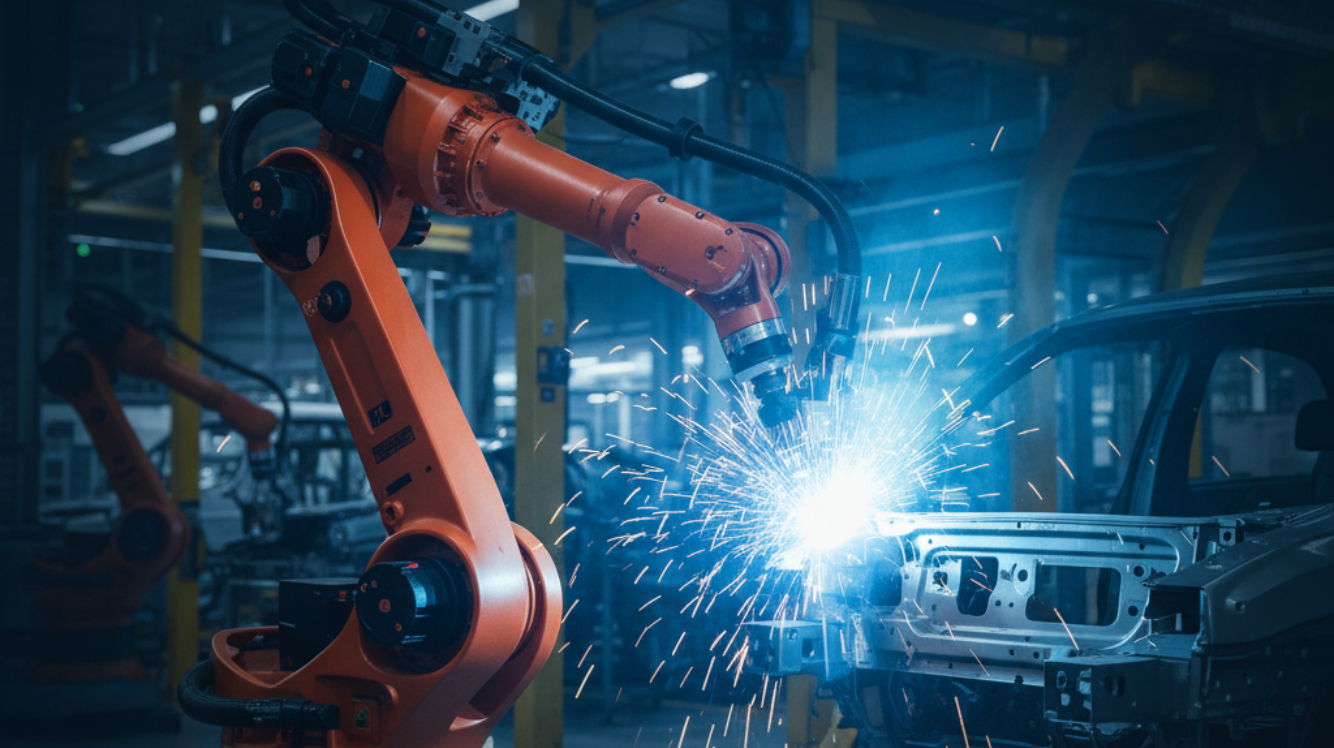
Understand the main types of industrial robots — articulated, SCARA, delta, and cobots. Learn their applications, advantages, and impact on modern manufacturing
Know More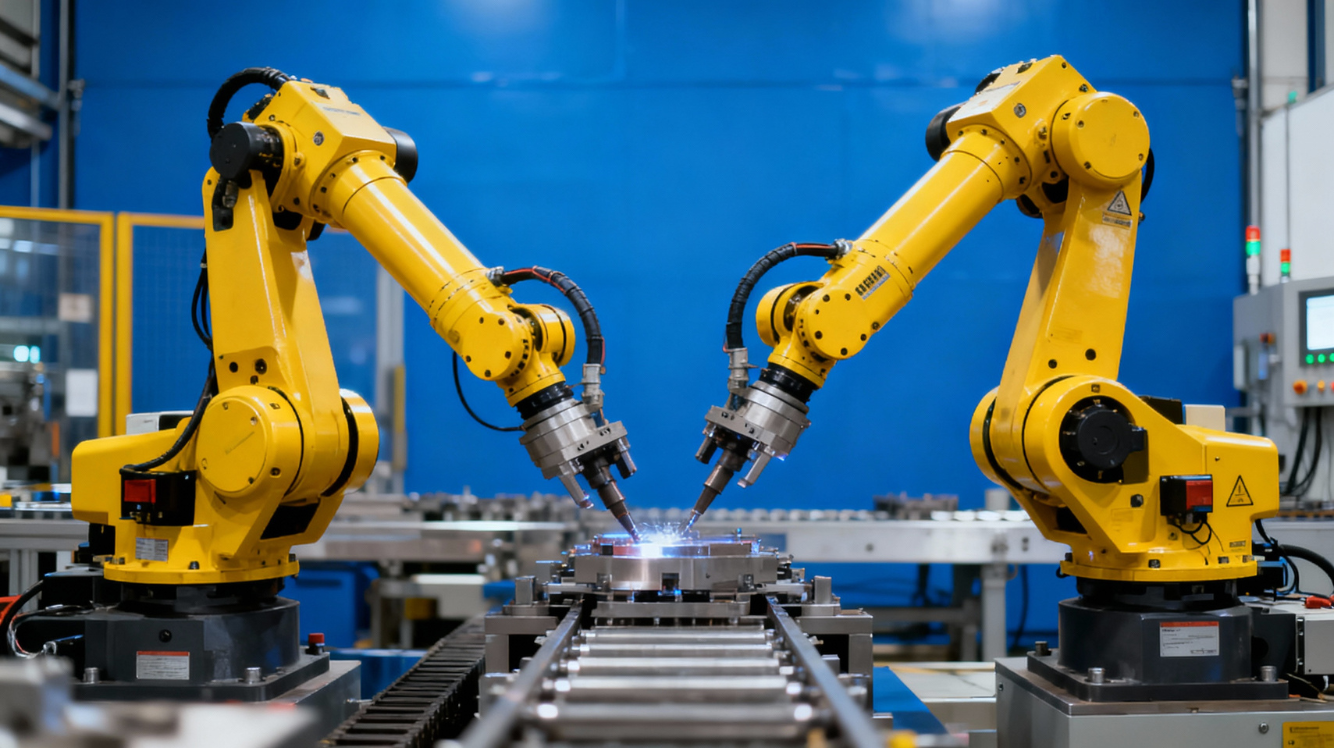
Learn the four main industrial automation types—fixed, programmable, flexible, and integrated—and how they transform modern manufacturing systems.
Know More
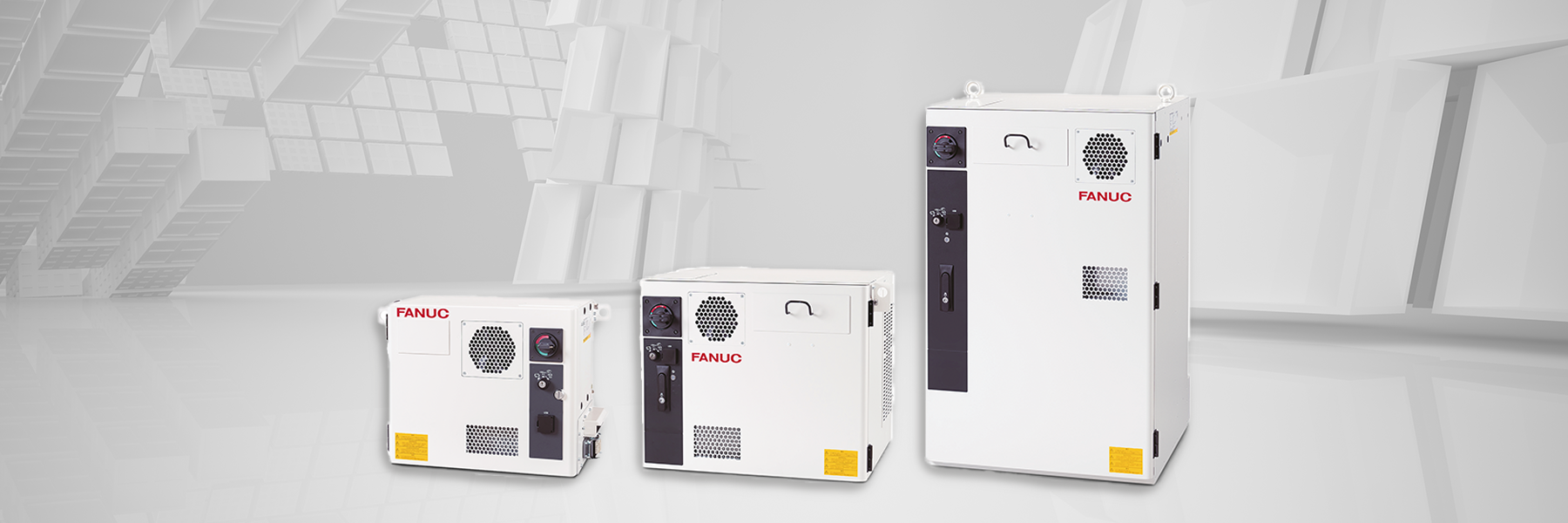
.png)